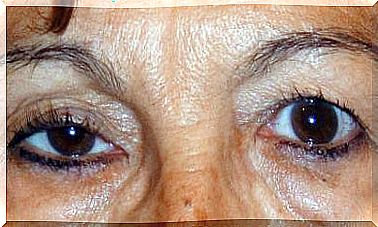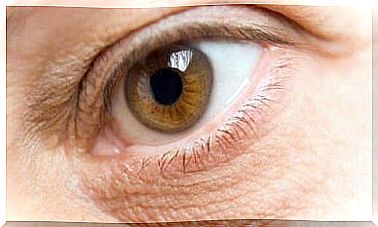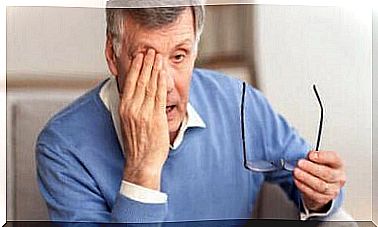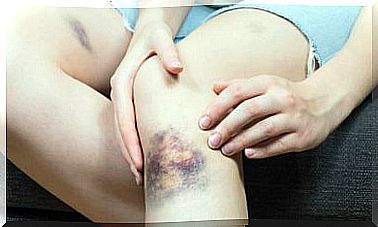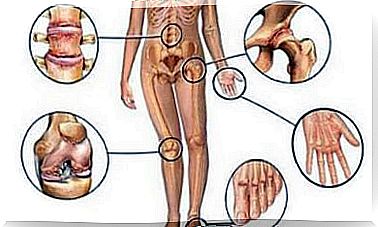Minoxidil: Treatment For Alopecia And Hair Loss
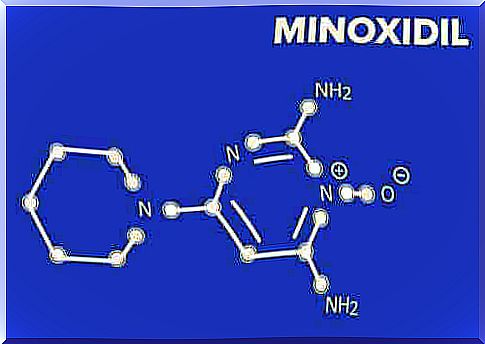
Minoxidil is a drug that stimulates hair growth and prevents hair loss. Initially, minoxidil was used orally for the treatment of hypertension, due to its vasodilating action. Some of the patients treated with this drug experienced unwanted hair growth.
Therefore, the formula was enriched to create a solution of water and alcohol, so that it could be used in the treatment of alopecia. It was approved and proved to be one of the most effective drugs for the treatment of androgenetic alopecia or hair loss.
More about minoxidil
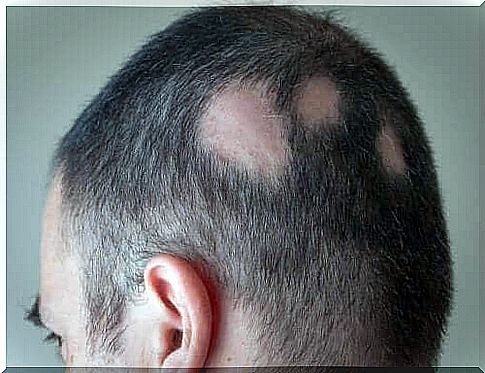
Both men and women can use this remedy to treat alopecia and hair loss. In general, a concentration of 5% is recommended for men and 3 or 4% for women, to prevent the appearance of facial hair.
However, it is also possible to use a concentration of 2%. In this case, you need to apply it twice a day. The recommended dose is 2 ml per day or about ten to twelve sprays.
In addition to the different concentrations we have mentioned, you can also find minoxidil in different forms and under different brand names. The most commonly used pharmaceutical form is lotion. A new presentation is also becoming increasingly well-known, namely foam.
What causes alopecia?
Alopecia is the loss of capillary density. It is a common medical problem. The statistics indicate that it affects more than 50% of men and 30% of women in their lifetime.
It is a condition that can greatly affect the quality of life of patients. Therefore, it is not a purely aesthetic matter. The patient should be provided with good medical information to avoid associated mental disorders, especially those related to self-esteem.
Today, more than a hundred types of alopecia are known. The most common is the aforementioned androgenetic alopecia. This kind is caused by hormonal changes. However, in addition to the hormonal changes, other causes can also affect alopecia, namely:
- diet
- physical or emotional stress
- anemia or iron deficiency
- immunological disorders
- thyroid disorders
- certain drugs
Because there are many things that can cause alopecia, it is important to get a proper medical diagnosis. In this way, the doctor can indicate the most suitable treatment for each case.
Symptoms of alopecia
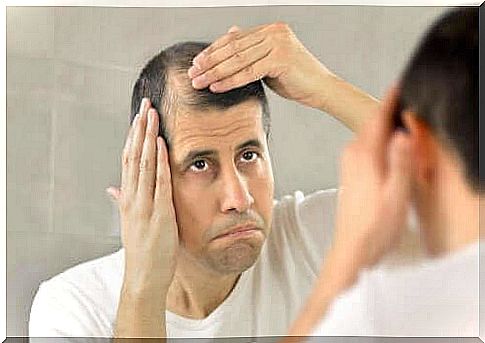
The most characteristic symptom of alopecia is the loss of capillary density (hair loss). Sometimes a person may notice that he or she is losing more hair. However, this symptom does not necessarily mean that he or she is suffering from this disease.
The loss of capillary density usually manifests with a receding hairline and bald spots in men and thinning hair in women. Also, some forms of alopecia can manifest with itching and even pain of the scalp.
How can you prevent alopecia?
Healthy lifestyle habits such as not smoking, eating a healthy diet and avoiding excessive sun exposure can benefit hair health. They can thus improve the appearance of the hair.
However, there is still no effective medical treatment to prevent alopecia. Therefore, the most useful measure to improve the prognosis is proper diagnosis and early treatment, such as minoxidil. It is important to start doing this as soon as the alopecia manifests itself.
The side effects of minoxdil
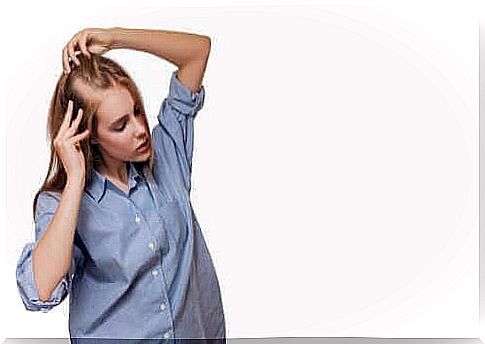
Minoxidil, like all medications, can cause a number of side effects. Many of those side effects affect the skin, such as the following:
- itch
- dermatitis
- drought
- skin irritation
- eczema
- hypertrichosis
Usually these side effects are mild to moderate and disappear once the patient stops treatment. These side effects may depend on the dose of the drug and the form of administration.
However, it should be noted that the incidence of adverse events and statistical data were calculated based on data from 1932 patients treated with 50 mg/ml minoxidil, as well as data obtained after the product was launched on the market.
Finally
Minoxidil is a useful agent for the treatment of alopecia. If you have any questions, talk to your doctor or pharmacist and follow their instructions carefully.
